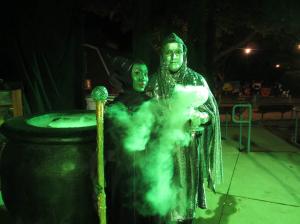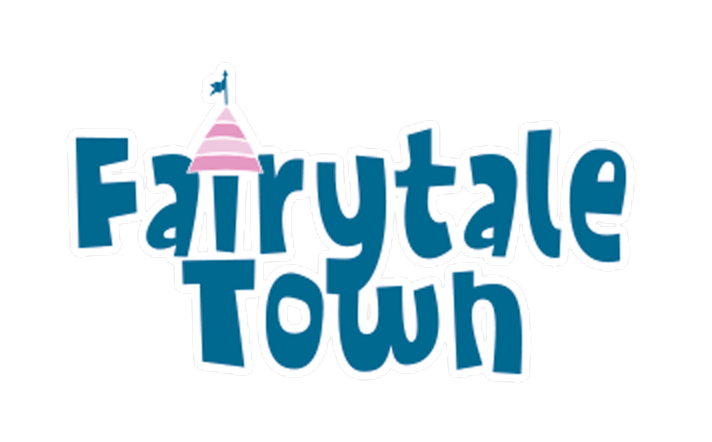Not all play is fun. Some of it is scary.

I remember this each Halloween as the talented Fairytale Town staff begins to build sets and decorations for our annual Halloween program. This year’s theme was Grimm Fairy Tales. The team worked diligently to create over-sized cauldrons, papier-mâché wolves, witches lairs, and all sorts of other sets and props for the three-day Halloween extravaganza. This year, more than 5,000 people attended to take part in trick-or-treating, puppet shows, seasonal craft activities, photo souvenirs, and plain old Halloween fun.

Why do people enjoy scary play? Is it because it taps into our darker sides? Is it because we like the surprise behind a scare? Or is it because we feel exhilarated once we’ve survived a fright?
Other kinds of play can be scary too.
‘Risky play’ is often considered scary by parents and teachers, but a recent Play England study concludes that risky play is important for children. The study quotes a number of play providers who highlight the benefits to children of taking risks. ‘Risk-taking increases the resilience of children,’ said one. ‘It helps them make judgments,’ said another. ‘It lets them test their boundaries and learn about their potential as well as their fears and abilities.’ Some risky play the research says should be encouraged includes fire-building, den-making, water sports, paintballing and climbing trees.









